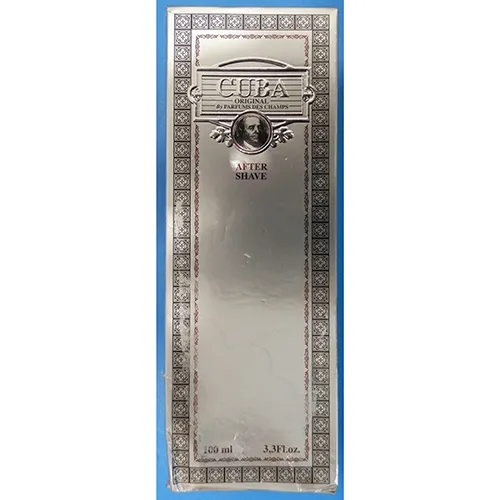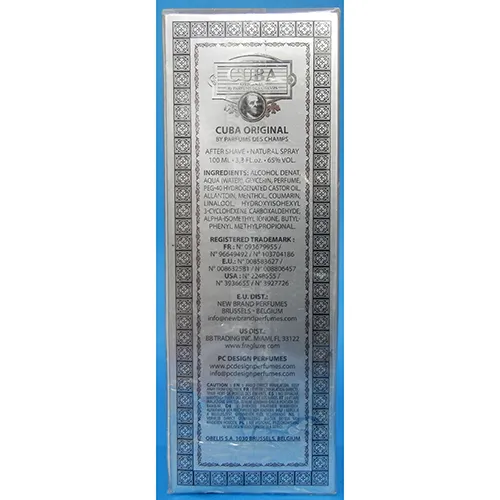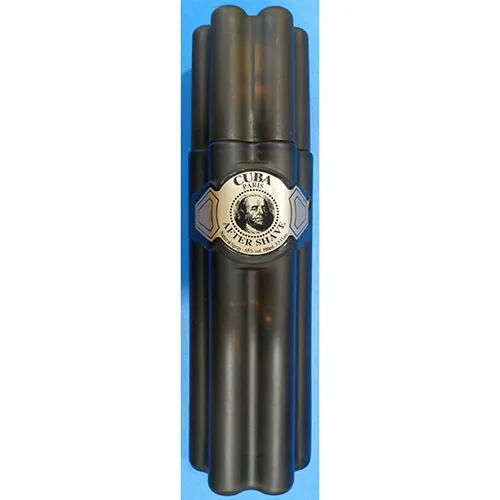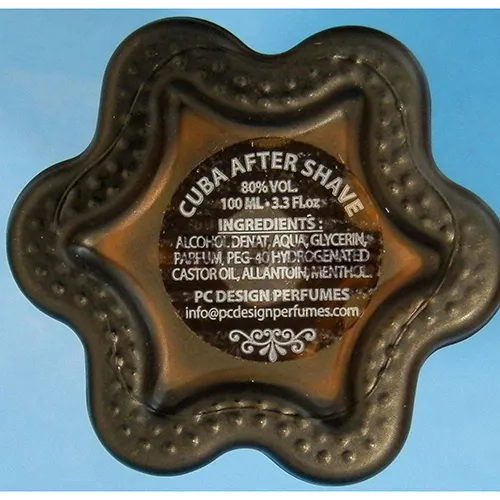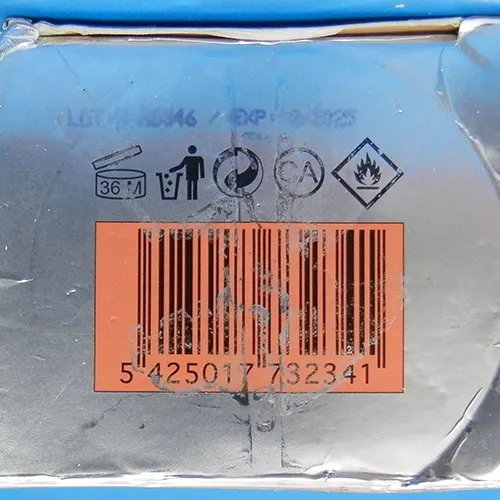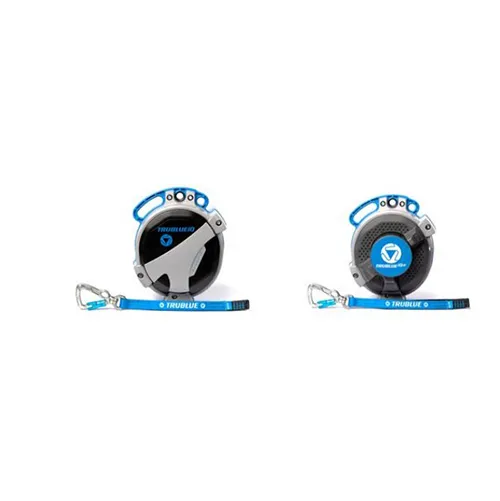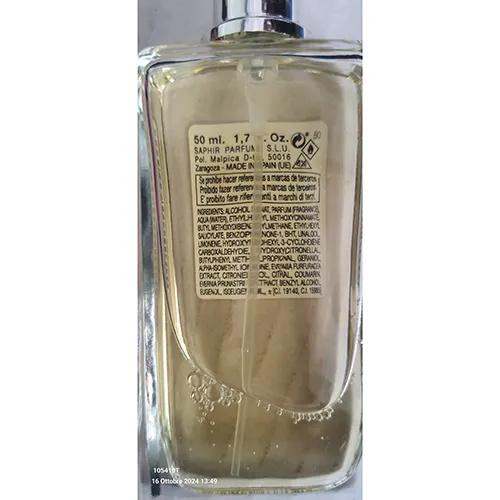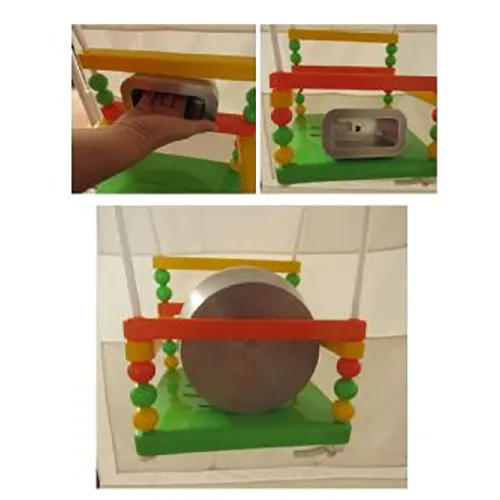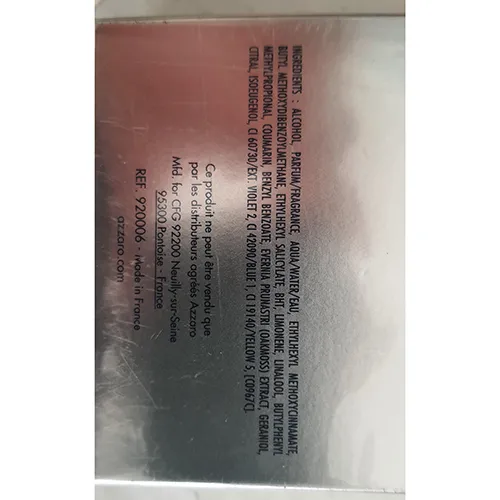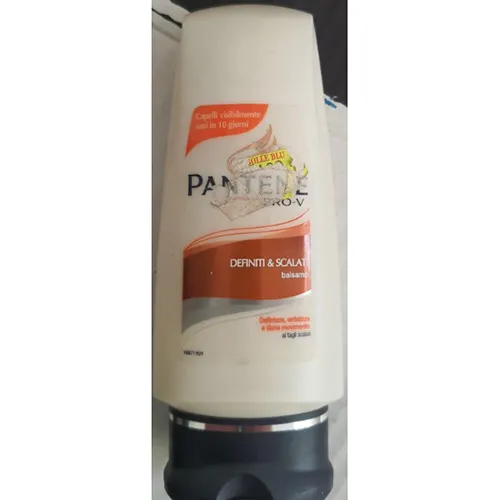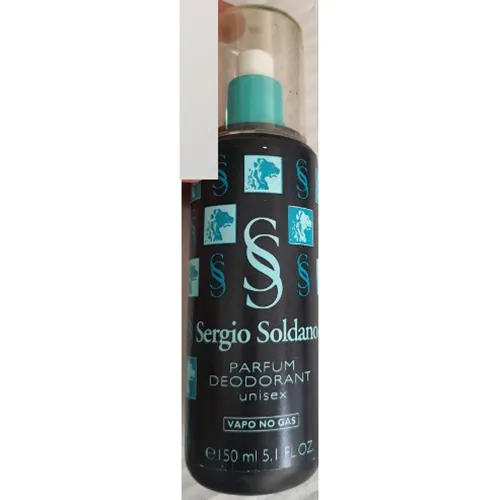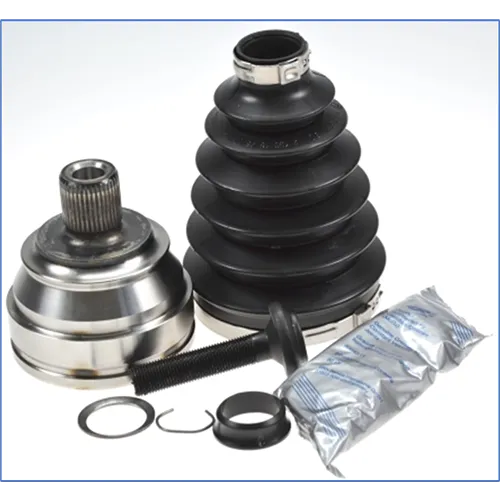InfoCons Consumer Protection Alert : Obelis – Aftershave
Obelis – Aftershave
Name: CUBA ORIGINAL
Category: 10
Date: 2025-08-01
Product Category: Cosmetics
Risk Type: Chemical
Danger: According to the list of ingredients, the product contains 2-(4-tert-butylbenzyl) propionaldehyde (BMHCA), which is prohibited in cosmetic products. BMHCA may harm the reproductive system, may harm the health of the unborn child and may cause skin sensitisation. The product does not comply with the Cosmetic Products Regulation.
Measures: Type of economic operator to whom the measure(s) were ordered: DistributorCategory of measure(s): Ban on the marketing of the product and any accompanying measuresDate of entry into force: 13/02/2025Type of economic operator to whom the measure(s) were ordered: DistributorCategory of measure(s): Withdrawal of the product from the marketDate of entry into force: 13/02/2025
Description: Aftershave, 100 ml.
Notifying Country: Hungary
Country of Origin: Unknown
Alert Type: Consumer
Alert Level: Serious risk
